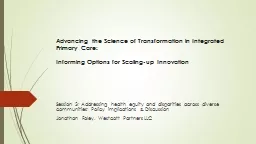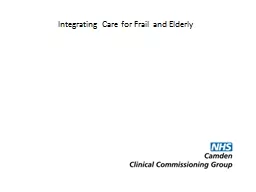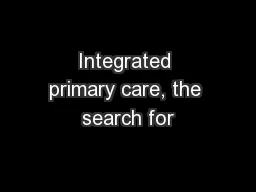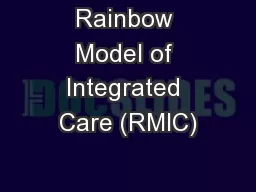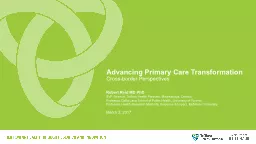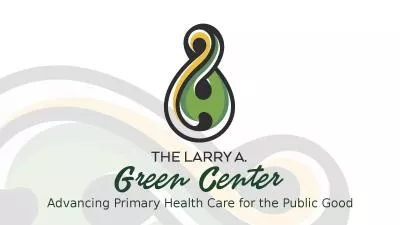PPT-Advancing the Science of Transformation in Integrated Primary Care:
Author : joyousbudweiser | Published Date : 2020-06-19
Informing Options for Scalingup Innovation Session 3 Addressing health equity and disparities across diverse communities Policy implications amp Discussion
Presentation Embed Code
Download Presentation
Download Presentation The PPT/PDF document "Advancing the Science of Transformation ..." is the property of its rightful owner. Permission is granted to download and print the materials on this website for personal, non-commercial use only, and to display it on your personal computer provided you do not modify the materials and that you retain all copyright notices contained in the materials. By downloading content from our website, you accept the terms of this agreement.
Advancing the Science of Transformation in Integrated Primary Care:: Transcript
Download Rules Of Document
"Advancing the Science of Transformation in Integrated Primary Care:"The content belongs to its owner. You may download and print it for personal use, without modification, and keep all copyright notices. By downloading, you agree to these terms.
Related Documents

